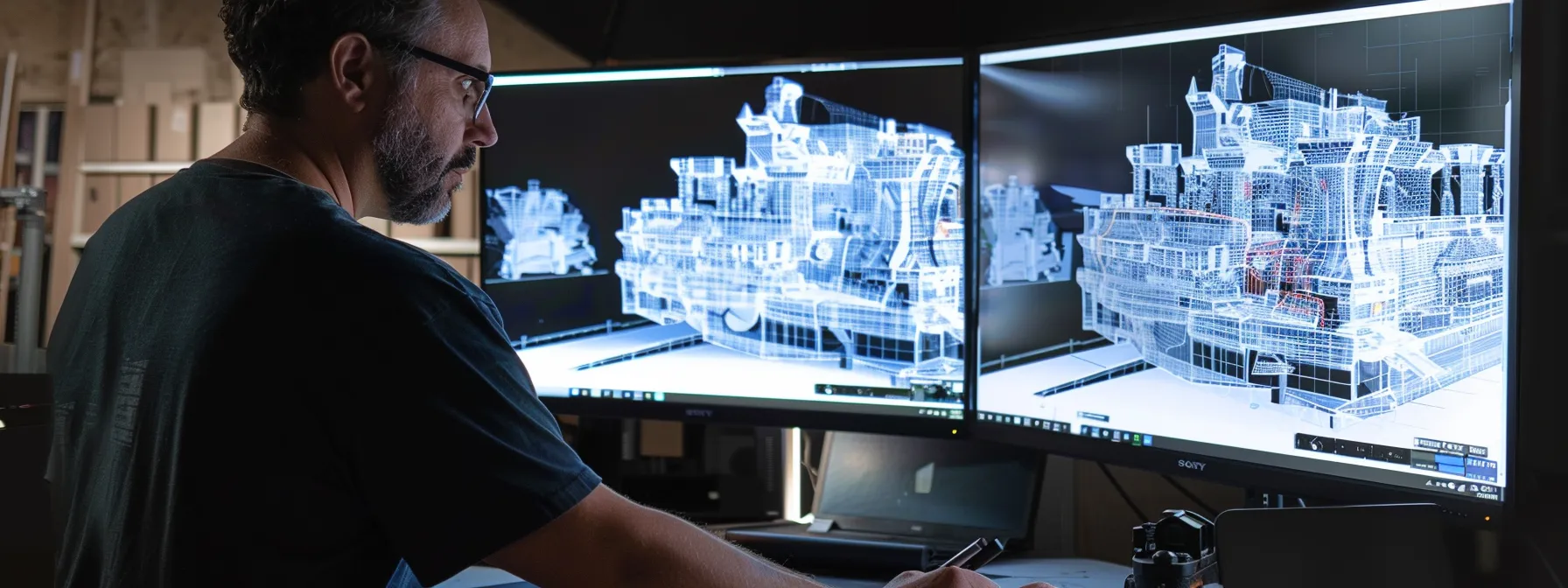Mastering Design: Training for Aspiring Architects
Embarking on a career in architecture is an adventurous journey that combines creativity with technical knowledge. Aspiring architects must develop a broad set of skills, ranging from design principles to practice all building methodologies. Mastery in architecture requires not only innate talent but also disciplined training and education. Below, we explore the key areas that every architect-in-training should focus on to build a successful career in this dynamic field.
Navigating Architecture Education and Training Programs

Embarking on an education in architecture typically begins with a Bachelor’s degree in Architecture or a related field. Students need to choose a program that is accredited, as this will affect their ability to become licensed practitioners in the future. Throughout their education, students should aim to cover a wide variety of subjects including, but not limited to, architectural theory, building science, and studio work which provide a foundation for their future careers.
Master’s degree programs offer an opportunity for deeper specialization and exploration of advanced concepts in architecture. During this stage, students can focus on specific areas of interest such as sustainable design or urban planning. Students need to engage in training for architects to gain a competitive edge in the industry and to remain current with evolving architectural trends and regulations.
Alongside formal education, certifications and short courses can enhance an architect’s skill set. Courses in project management, historic preservation, and digital fabrication are just a few examples of professional development opportunities that can be pursued. These programs not only increase the depth of knowledge but also show a commitment to ongoing learning, which is highly regarded in the profession.
Incorporating Technology and Software Proficiency in Architectural Design

Technology has revolutionized the field of architecture, making software proficiency a non-negotiable skill for modern architects. From CAD to advanced rendering software, these tools allow for precision and efficiency in the design process. Aspiring architects must be well-versed in a range of software to turn conceptual sketches into detailed blueprints and realistic visualizations.
Beyond basic design software, knowledge of Building Information Modeling (BIM) is increasingly important. BIM software enables architects to create three-dimensional models that contain rich details about construction components, materials, and systems. This not only aids in the design phase but also streamlines communication across disciplines involved in the construction process.
Emerging technologies like virtual reality (VR) and augmented reality (AR) offer immersive ways to experience architectural spaces before they are built. By incorporating these tools into the training regimen, architects can present more compelling project narratives and identify potential design issues early on. These innovative technologies are rapidly becoming industry-standard tools; thus, their mastery is essential for the architect of the future.
Gaining Practical Experience through Internships and Workshops
While theoretical knowledge is crucial, practical experience is indispensable for comprehending the real-world applications of architectural concepts. Internships offer an invaluable opportunity for students to work under the guidance of experienced architects. They provide exposure to the day-to-day operations of architecture firms and the complexities of actual projects, from initial client meetings to on-site construction oversight.
Hands-on workshops can also play a vital role in an architect’s training, offering immersive learning experiences that can’t be replicated in a classroom. Workshop participants might find themselves engaged in material experimentation, model-making, or digital fabrication techniques. These interactive platforms foster innovative thinking and a deeper understanding of the physical and tactile aspects of building design.
Competitions represent another avenue for aspiring architects to apply their skills in a stimulating, albeit challenging, environment. Whether individually or as a team, participating in design competitions hones creative problem-solving abilities, and presentation skills, and can lead to recognition in the architectural community.
Continuing Professional Development and Lifelong Learning in Architecture
The field of architecture is in a constant state of flux, driven by technological advances, changing regulatory landscapes, and evolving aesthetic trends. As such, the pursuit of professional development is not only encouraged but necessary for architects who wish to stay at the forefront of their field. Engaging in continual learning enhances not only personal knowledge but also the services offered to clients.
Professional organizations play a key role in lifelong learning, offering resources like journals, webinars, and educational seminars. These platforms provide architects with insights into emerging trends, new materials, and cutting-edge building techniques. Membership in these organizations also often fulfills continuing education requirements, which are a component of maintaining licensure.
Overall, mastering design and succeeding in the field of architecture requires a blend of education, practical experience, software knowledge, and an enduring commitment to professional growth. By focusing on these multifaceted areas of development, architects can prepare themselves for a rewarding and impactful career creating the structures and spaces of tomorrow.





